Fear of birds: causes, manifestations and treatment
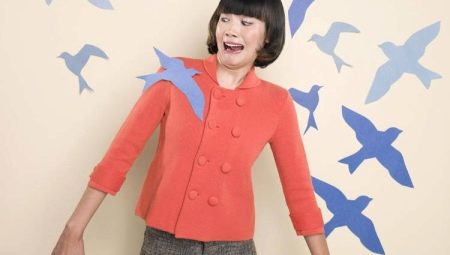
The fear of birds, many of which are very cute and graceful, may seem strange to some. But not to the bird-phobe himself. For him, this fear is a painful reality. Ornithophobia is considered a fairly rare phobic disorder, and therefore it can be very difficult to find its causes.
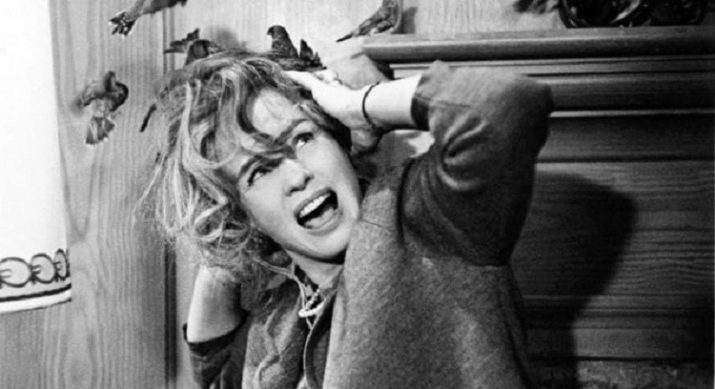
Description
The fear of birds is called bird phobia, and this disorder belongs to the group of zoophobia. But unlike many other fears of various animals, insects, reptiles and amphibians, bird phobia is always accompanied by severe anxiety disorder. This can be considered its hallmark.
If, with fear of tropical poisonous frogs, a resident of central Russia can live his whole life quite peacefully (you can only meet such a frog at an exhibition, and a fob will never go there), then with birds everything is more complicated. Birds are widespread, they surround us almost everywhere - in cities, villages, in the forest, at sea, and therefore the level of anxiety of an ornithophobe exceeds all reasonable limits, and the phobia itself is characterized by a severe course, in which the patient's psyche quickly wears out.
There is no separate code for ornithophobia in the International Classification of Diseases., she is listed among the isolated phobias under the code 40.2.
Pathological fear of birds can manifest itself at any age - both in childhood and in adults. It is noteworthy that bird phobia progresses rather quickly.
Fear can be caused both by all birds without exception, and by their individual representatives, for example, panic fear of pigeons or seagulls, fear of only chickens or geese can develop.
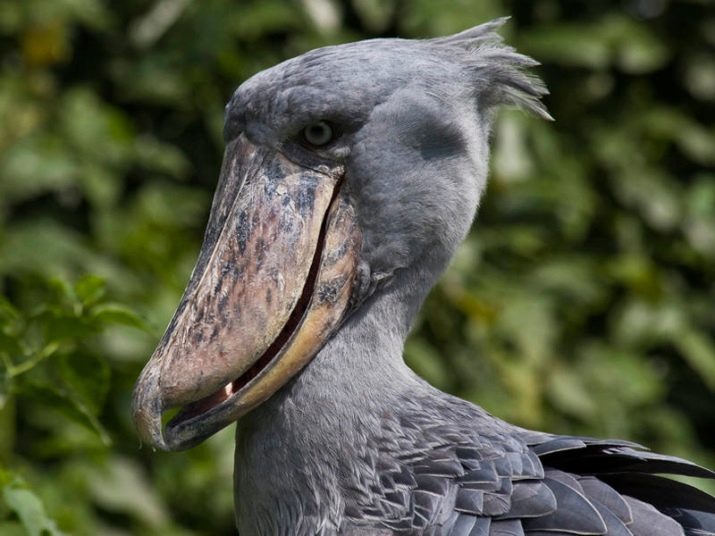
At the same time, the rest of the birds will not cause a negative reaction. Sometimes only dead birds or bird trills cause fear. In the framework of ornithophobia, the fear of bird feathers is also considered, manifested by disgust, disgust, anxiety and panic at the sight of them. The fear of bird feathers is considered not only one of the rarest, but also one of the most mysterious - psychiatrists still fail to come to a consensus about what exactly can cause such fear.
In any case, bird phobia can significantly affect a person's daily life. - in severe cases, a desperate ornithophobe may refuse to leave the house at all, so as not to run into a dove or a sparrow on the street. This means refraining from visiting places of study, work, going to the store for shopping and going out into nature. Whether the life of a person who is always in anticipation of the emergence of danger will be full-fledged, obviously - no.
A high level of anxiety creates the preconditions for the development of other mental illnesses, and for this reason, an ornithophobe should seek qualified professional help.
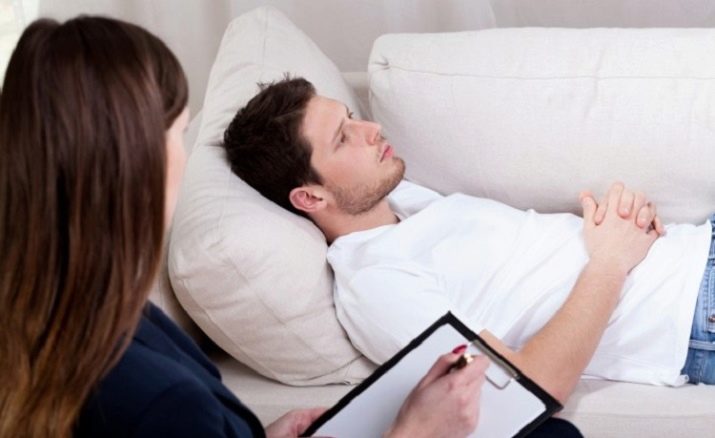
Causes of occurrence
As already mentioned, the causes of bird phobia are quite complex and not obvious. Experts tend to believe that prerequisites may develop in childhood, for example, as a result of an attack by birds. Not all birds are capable of attacking a person, but seagulls, for example, are not afraid of either adults or children, and on the beach they may well take away ice cream or other delicacy from a child.
Children are often struck by the sight of a dead bird, which he can see on the playground, while walking in the park. If the child has increased nervous excitability, the baby is anxious, suspicious, impressionable, prone to nightmares, inclined to fantasize too much, then the bird's corpse seen may well turn out to be that alarming provoking factor, which will then trigger fear mechanisms in the brain every time a person will collide with the feathered one.
Due to impressionability, phobic disorder can develop after watching a horror film, where birds are presented in an ominous form, and a documentary about wildlife, in which birds are represented as aggressors.
With these factors, fear is formed not only in children, but also in adults.
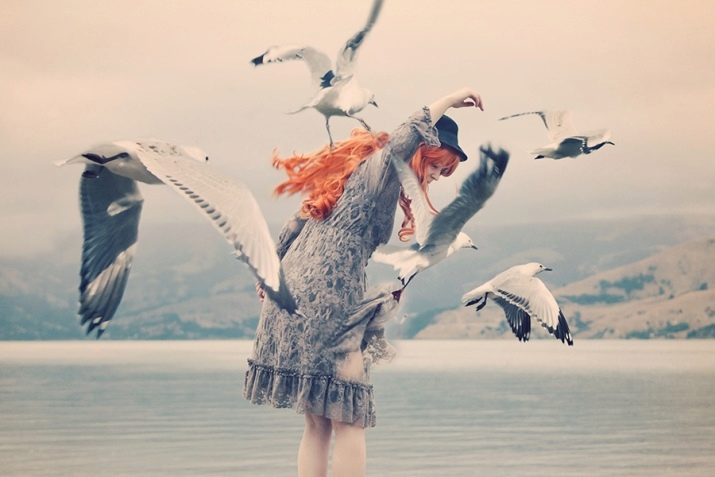
If one of the parents in the family suffers from bird phobia, it is highly likely that his model of behavior will pass to the child and he will grow up with a feeling of fear in relation to birds, the justification for which he himself cannot find.
Finally, one cannot fail to mention the traumatic experience. A chicken, rooster, parrot could attack the child and painfully peck in the leg. Poultry kept in a cage and released to fly can suddenly dive right into a person's face. This, too, can cause sudden fear, which can turn into a deeper and more persistent phobia.
The fear of bird song can develop after a dangerous traumatic situation in which a person is caught. If at this moment a bird chirping accompanying the situation was recorded in his memory, then it is quite possible that later chirping will cause bouts of increased anxiety.
Individual bird species can cause fears for different reasons. For example, a mother constantly tells her child that pigeons are carriers of dangerous infections, and the fear of contracting them first, and birds, secondly, lies at the heart of such ornithophobia. Mystical statements that the raven symbolizes death may primarily be associated with the fear of dying (thanatophobia) and only secondarily with the ravens themselves.
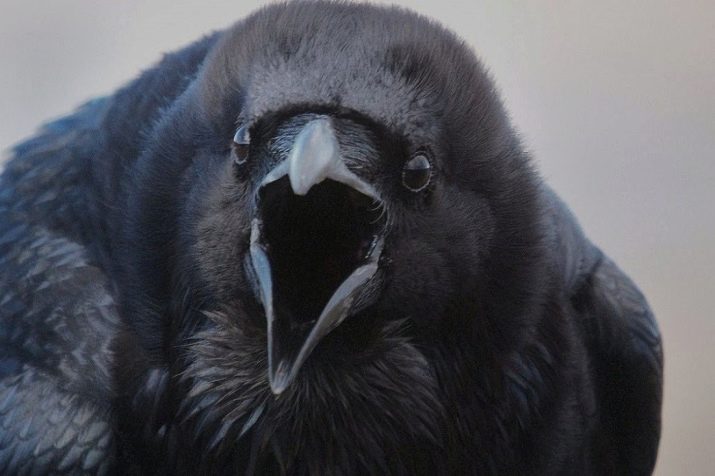
Symptoms
This type of phobia can have various manifestations, the spectrum of signs is very wide and depends on the age, stage and form of the phobic disorder. An ornithophobe can be afraid of all birds, without exception, and this is the most severe form of mental disorder.
At the sight of a bird, there is a feeling of discomfort, anxiety, and danger.
On the way to work or on business, an ornithophobe that meets an ordinary pigeon along the way can sharply turn around and run in the other direction, bypassing the "dangerous" place. They gradually get used to the phobia, gradually people begin to hide their true emotions, but the sudden appearance of a bird puts everything in its place: an ornithophobe is frightened, he may have a panic attack.
At the same time, the heartbeat increases, there is a feeling of lack of air, the pupils dilate and throws in sweat. In severe cases, the person may faint. After an attack, a person feels awkward, ashamed in front of others, he experiences a feeling of his own inferiority.
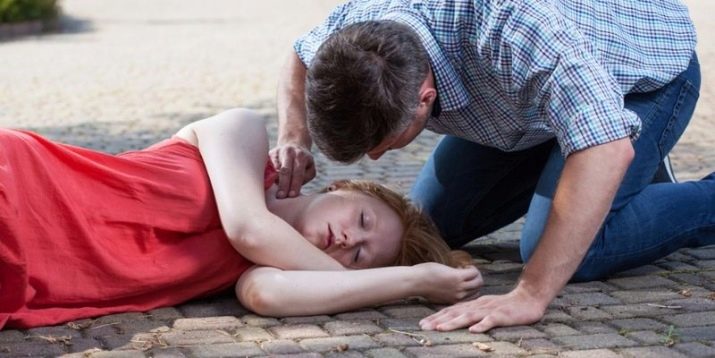
Fear can concern not only live and real birds, but also their images in photographs, demonstrations on TV. The most severe cases of bird phobia reported in psychiatric practice have symptoms such as increased anxiety at the mere mention of birds., even if there are no pictures with their image nearby, nor a real feathered one.
Ornithophobes try to avoid zoos, pet shops, bird markets, city squares, which are always full of pigeons and people specially feed them in such places.
Aggravation of ornithophobia can come on suddenly. Often, against the background of an initial phobic disorder, paranoid disorder develops, when it seems to a person that birds are everywhere, they pursue him. If a delusional manic state develops, then the patient begins to feel a firm conviction that someone conspired and specifically sends birds to him, that these are the intrigues of enemies or enemy intelligence, that birds can not only kill him, but also regularly watch him.
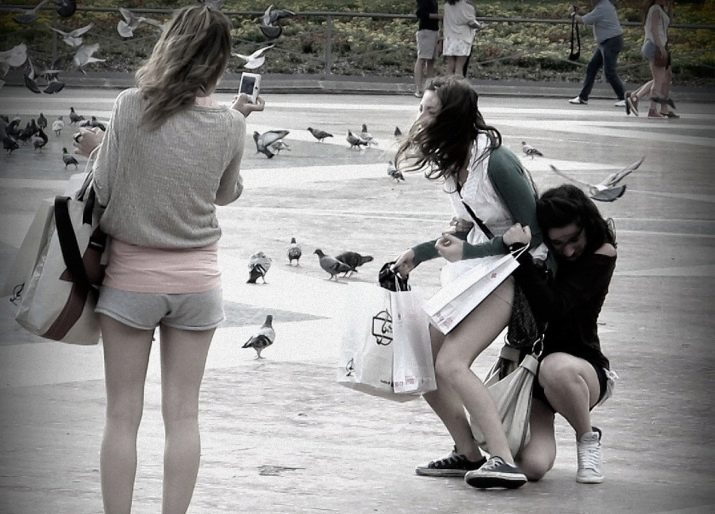
How to get rid of fear?
Bird phobia is a mental health disorder. This means that psychologists do not treat her, there are no folk remedies for such fear. Independent attempts most often end in complete failure (experienced ornithophobes with extensive experience know this very well). The fact is that trying to pull yourself together and control emotions in a phobic disorder is an impossible task.
That is why you should contact a psychotherapist or psychiatrist, undergo diagnostics and begin to undergo effective therapy in this case.
With a severe form of total fear of all birds with several panic attacks during the day, for the duration of treatment, a person can be placed in a hospital in order to protect him from frightening circumstances and objects. The middle and mild stages of the disorder do not require hospital treatment.
The main role in getting rid of this form of fear is assigned to psychotherapy. Usually they use cognitive-behavioral therapy, rational psychotherapy, sometimes there is a need to apply hypnotherapy and the NLP method. In a few months, in most cases, the doctor manages to change the perception of the image of birds in the mind of a person to a more positive one. And if he does not begin to love birds (this is not required), then at least he begins to calmly perceive them, not fearing that another panic will arise.
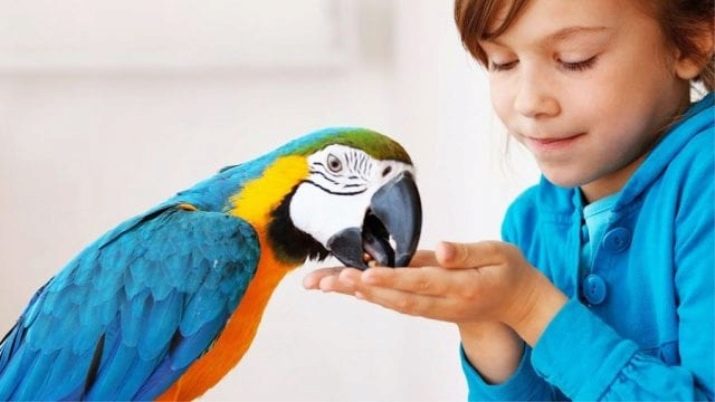
Medication is only used if other problems, such as depression, coexist with the phobia. In this case, antidepressants are prescribed. When paranoid manifestations appear, treatment is carried out with tranquilizers and antipsychotics. In other cases, it is considered that the pill for the fear of birds does not exist.
It is noteworthy that after undergoing treatment, many former ornithophobes give birth to a parrot or a canary at home as a reminder that fears can be defeated.








